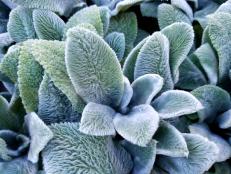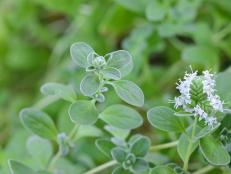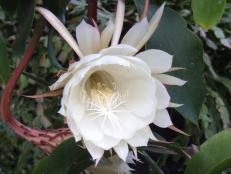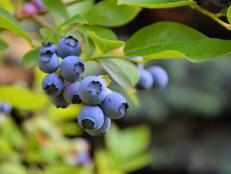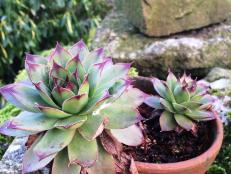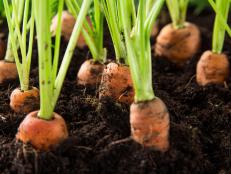Propagating Holly
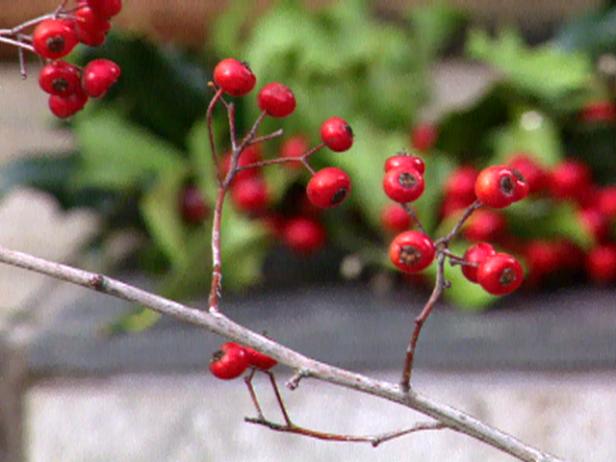
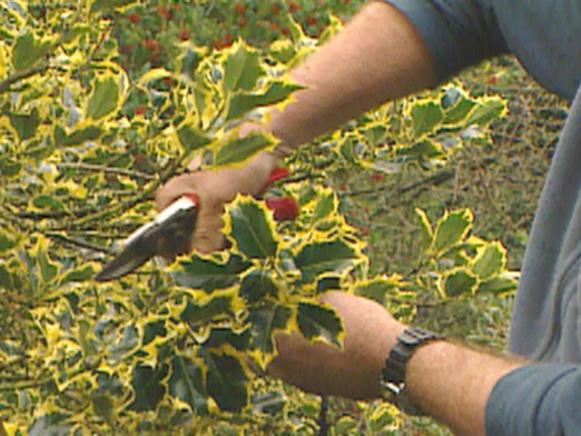
Holly is easy to grow and will grow almost anywhere. Most evergreen hollies can thrive in temperatures as low as 15 below, and deciduous varieties are hardy to 30 degrees below. Although holly prefers well-drained acidic soil, it will adapt well in even less than ideal conditions.
Holly belongs to the Ilex genus. There are approximately 20 American holly species, 120 Asian species and nearly 200 varieties of English holly.

When most people think of holly, they think of the beautiful bright berries. From cherry red berries on English holly to orange berries on American holly, it’s usually the holly berry that steals the show. On some English hollies it’s the variegated foliage that’s the main attraction.
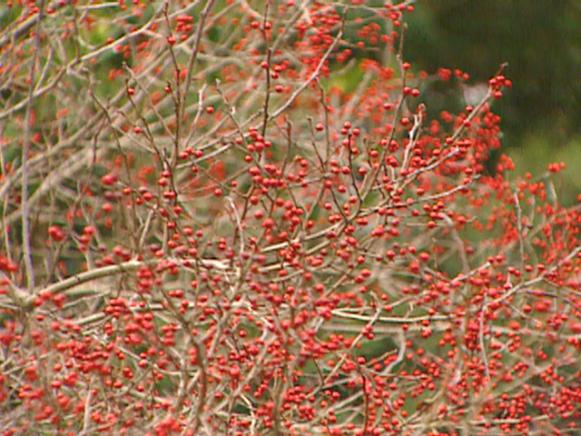
Hollies can be either male or female and the female produces the bounty of berries. But you need a male holly somewhere nearby as well to pollinate your female holly.
Propagating Hollies
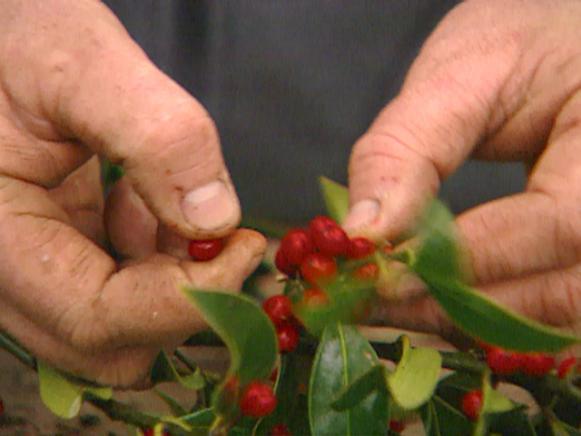
If you’re interested in propagating hollies there are three ways to accomplish this: from seed, doing cuttings and grafting. Grafting is difficult but propagating using seeds and cuttings is easy and fun.
To seed, collect the holly berries and break the skin off.
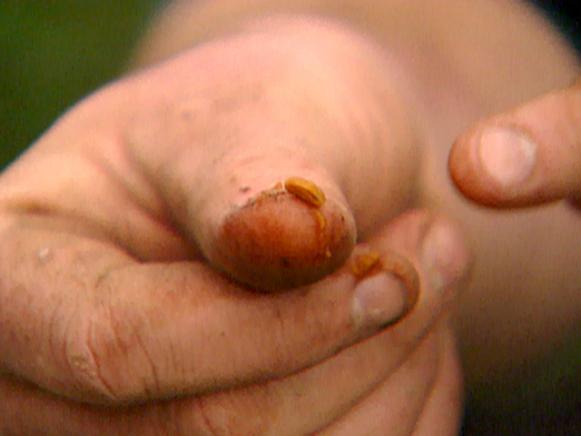
Wash the pulpy, slimy material inside the skin off to get to the seed. This material actually has chemicals in it that prohibit germination. Normally the berry would drop and sit on the ground over winter. The rain and cold activate enzymes that eat those chemicals. Rinsing the seed in cold water mimics that process and offers the same results.
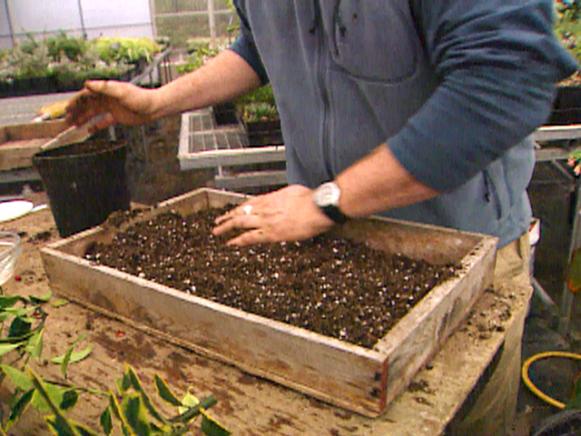
Next, fill weather-resistant flats, like cedar, over half full with soiless potting medium and lay the seeds on top. Then cover them with another layer of medium that’s about an inch thick. Level the medium down in the flat so you don’t have any parts where water can collect. Place the flats outside over the winter and it’s possible you might get some germination by spring. If not, let them sit through another winter. It does take some time but it’s worth it.
With seeds, there is no guarantee you will get the same variety as the parent plant. So if this is important to you, use cuttings.

To propagate by cuttings, pick a strong, healthy shoot. A tip cut gives you the best chance of success because a hormone located in the tip of the plant helps stimulate growth. The best time to take cuttings is in summer to late fall.
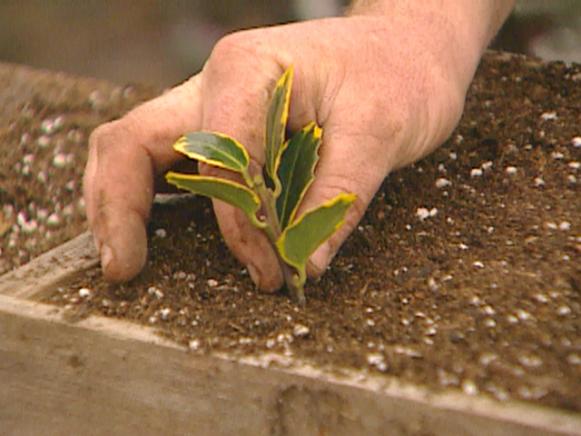
Make the cut a quarter inch below a leaf node. Here you have a high concentration of the hormone that stimulates the stem cells to turn into rooting cells. Dip the tip first into water and then rooting hormone before inserting it into the potting flat full of medium.
Place the cuttings outside or in the greenhouse if you have one and keep them moist.









